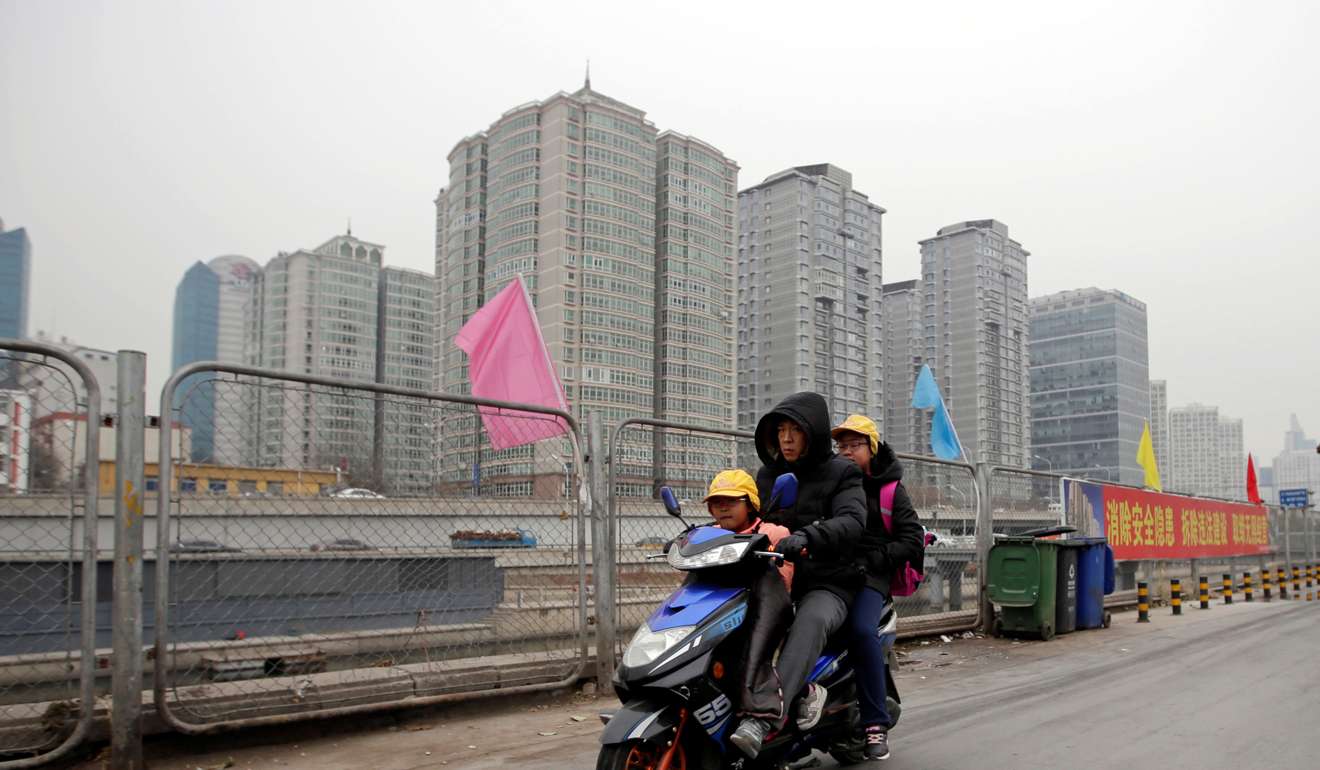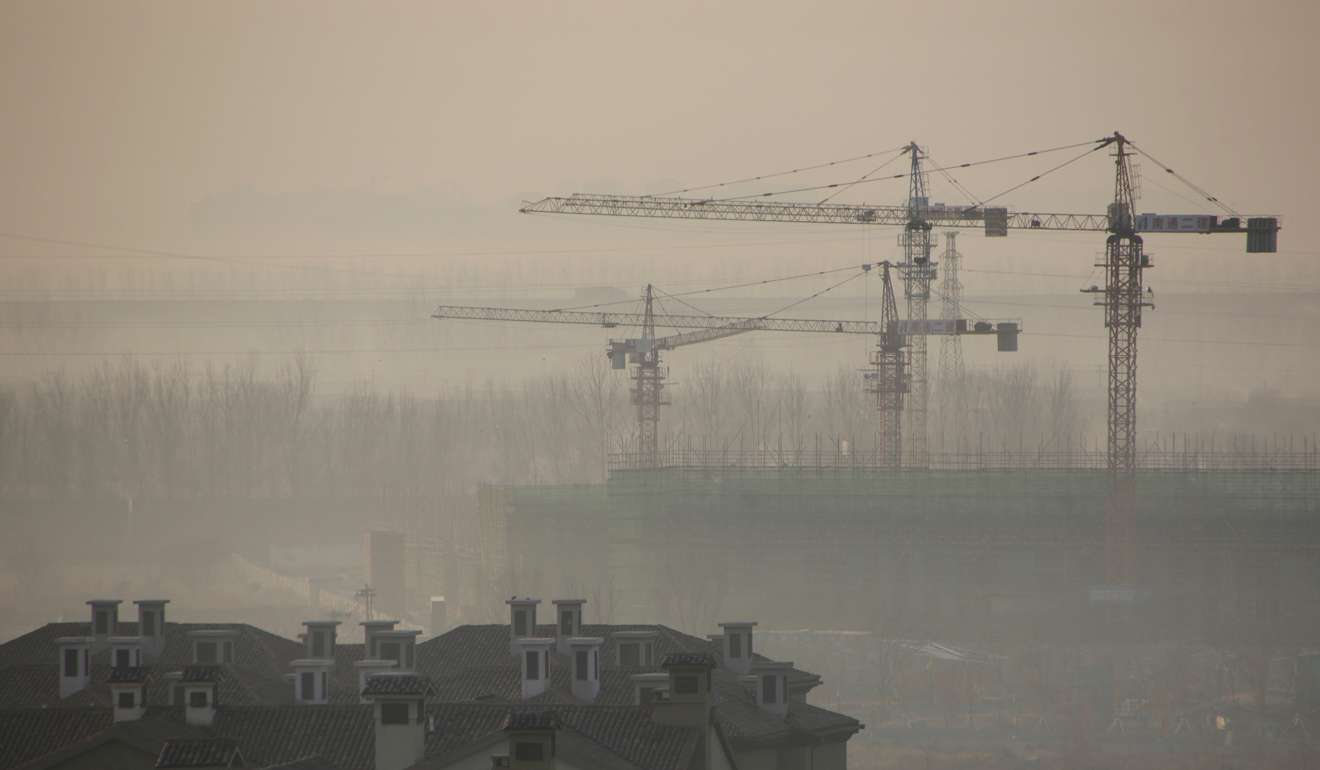
Unsold housing stock falling fast in smaller Chinese cities
More than 40pc of smaller cities saw their housing investories drop to 12 months or below at the end of 2016
Smaller cities are increasingly driving China’s property market growth as the massive housing inventories that had built up gradually start to fall in many parts of the country, according to the latest figures from analysts at UBS.
With the housing glut easing this year, developers focusing on lesser-known places have seen shares surge on expectations they will be the top gainers amid the sales rebound.
China has for years suffering from a polarised housing market, as sellers struggle to fill apartments built in lower-tier cities despite sky-high home prices in metropolitans such as Beijing, Shanghai and Shenzhen.
After a sharp price rise last year, the authorities in more than 20 big cities imposed cooling measures, while the central government repeatedly vowed to cut excessive inventory in the third- and fourth-tier cities.
The efforts seem to be working. More than 40 per cent of such smaller cities saw their housing investories drop to12 months or below at the end of 2016, meaning the existing units are expected to be sold out within a year, according to a UBS analysis.

The UBS survey, which covered 36 cities in 27 provinces, shows property stocks in eastern, southern and central China have been in steady decline.
“It is the first time in five years we see such a big shift,” said Eugene Cheung, analyst at UBS. “The third- and fourth-tier cities are leading a structural change in the real estate sector.”
In 2014, when oversupply was at its peak, only 21 per cent of Chinese cities had housing inventories below 12 months, according to UBS.
It is the first time in five years we see such a big shift. The third- and fourth-tier cities are leading a structural change in the real estate sector
Despite buying curbs in more than 20 cities, China’s home sales by area rose 25.1 per cent year-on-year in January and February, beating forecasts and the 22.5 per cent gain in the entire year of 2016.
“The sales in third-tier cities are stronger than we had imagined,” said UBS analyst Eva Lee. “This is very big progress. If the investories are dropping, you will have more new construction, which is very important to GDP growth.”
The analysts said some buyers have turned to the less-developed places because of the tightening measures in big cities.
For example, many residents in northern China have chosen to buy second property in Hainan where they can go to enjoy warm weather in winter, a trend that has caused home sales to grow rapidly in the island province.

Local demand is also fuelled by the urbanisation drive. In the southwestern city of Chongqing, the return of migrant workers in the past years have led to an increase in home buyers.
The shift has prompted investors to turn to developers owning large, quality land resources in lower-tier cities.
For instance, China Evergrande Group and Country Garden, the nation’s largest two players in third- and fourth-tier cities, have seen their share prices in Hong Kong rally 42 per cent and 57 per cent so far this year, respectively.
Prices of China Overseas Grand Ocean Group, which specialises in building homes in small cities, nearly doubled in the past 15 days.
However, in 56 per cent of Chinese cities, especially those in northeastern parts of the country, more official support has been required to get empty flats sold, the UBS analysis shows.
And despite the improving buyer sentiment, its analysts expect housing prices in third- and fourth-tier cities to rise at below 5 per cent this year, with developers focusing on sales volumes rather than margins.
“If the prices rise too much, the government will step in with tightening policies,” Lee said. “Developers understand this well, and they don’t want it to happen.”


